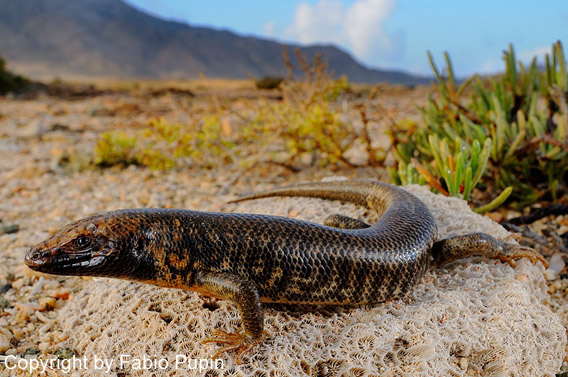Luckily, as Bob Dylan wrote, “The times they are a changing” and so too did Claxton. This year in lieu of a rattlesnake round up, the Evans County Wildlife Club hosted the first annual Rattlesnake and Wildlife Festival and while the wranglers may not have attended the snakes certainly will. The festival featured a number of presenters and displays that provided education on these snakes and other native Georgia wildlife with a specific focus on their respect and conservation.
The chief guest guest of honor at this event was of course one of the most infamous rattlesnakes in the world the eastern diamondback. Eastern diamondbacks commonly reach lengths of over 6 feet with the largest individuals reaching over 8 feet in length. Due to their large size and potent venom these snakes have gained a very bad reputation and as a result are often persecuted by the general public. This persecution, hunting and habitat loss has resulted in the loss of eastern diamondbacks across much of what was once their home range. Because of this, the eastern diamond was recently added to the IUCN’s list of threatened species. In reality eastern diamondback rattlesnakes are reclusive and go to great lengths to avoid using their precious venom. As such, they actually pose very little threat to people and that is the message Evans County wildlife has been working hard to deliver.
The Claxton Rattlesnake and Wildlife festival has received a great deal of praise both from government institutes and conservation groups alike. Rattlesnake round ups across the country contribute a great deal to the gradual disappearance of this iconic American serpent but there is a great deal of hope that other institutions will soon follow suit with Claxton to help preserve and support the conservation of America’s valuable native reptiles.




















